This Smart School Project is create new type of school building architecture, that call a “Smart School Park”‘. This smart school architecture unites architecture and landscape into a innovative learning environment. And create gathering point for the local community. Smart School Project Design based on subtraction and addition concept, to create connection between school complex, nature and modern society. To create diverse, including and activation learning environment.
Smart School Park Architecture and Planning
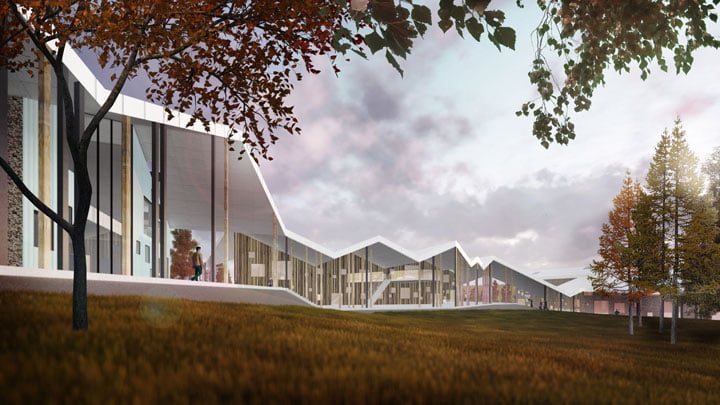
The Smart School design proposed by CEBRA was selected in a prestigious architectural design competition among five other proposals from architects including MVRDV, Sou Fujimoto, WORKac, Architects Rudanko+Kankkunen/Studio Puisto and MKPL Architects.
Smart School Project Fact File:
Architects: CEBRA, UNK project, VEGA landskab, Niras
Location: Irkutsk, Russia
Project size: 31,100 m2 (20 ha master plan)
Award: 1st prize in invited international design competition
School Building Design Brief:
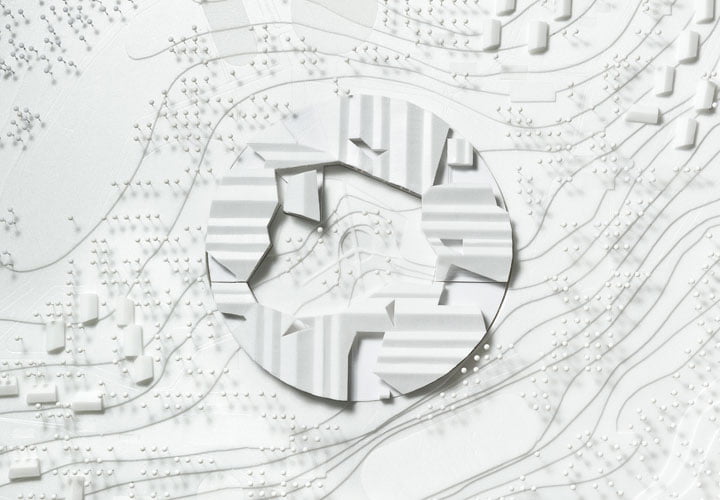
The complex is organized as a permeable ring of buildings, which contain the main functions, and are grouped around a central outdoor space. Each building and function expands towards the center, in the form of directly related outdoor area.
Together these areas form a diverse arena for experiential learning and pedagogical synergies. The very active and social spaces of this central campus are contrasted by a calmer. Contemplative landscape of natural and agricultural areas outside of the ring, which allow the school to be partially self-sufficient and are included in teaching activities.
The smart school design integrates buildings and landscape, together through a ring of individual structures connected by a large, ridged rooftop. With this roof, spaces between the buildings can be used as multifunctional, semi-covered learning spaces, activity zones, and flow areas, all of which diffuse into the central and outer landscaped areas.
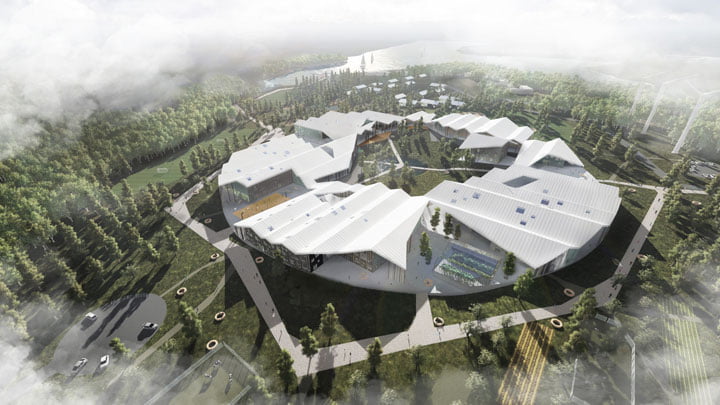
The buildings are connected by a large roof surface with distinctive eaves, which gives the complex a recognizable identity and creates a series of roofed outdoor areas between the offset volumes. These zones dissolve the boundary between the indoor and outdoor spaces by creating a diverse transitional zone for learning and physical activities, play, social interaction and relaxation.
With the concept of responsive spaces in mind, each building’s learning spaces are built not “specifically to the classic subjects such as math, biology, or music, but to the activities related to them,” which “expands their classical use and incorporates an activity based on functionality. This means that the school’s different spaces hold different spatial qualities, which suit certain activities or subjects, but are not limited to one singular use.”
Innovative Smart School Pictures:
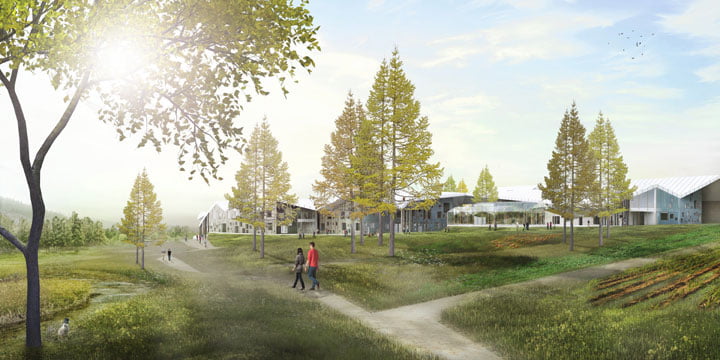
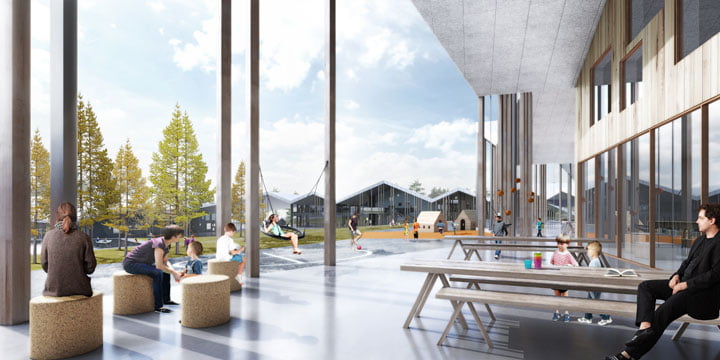
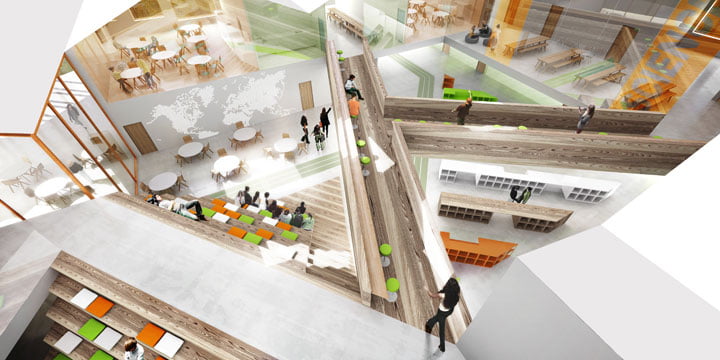
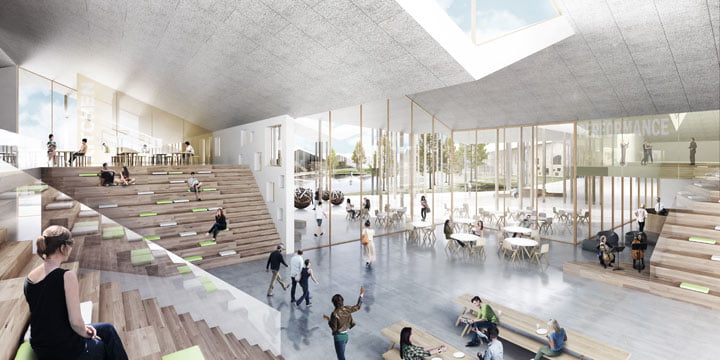
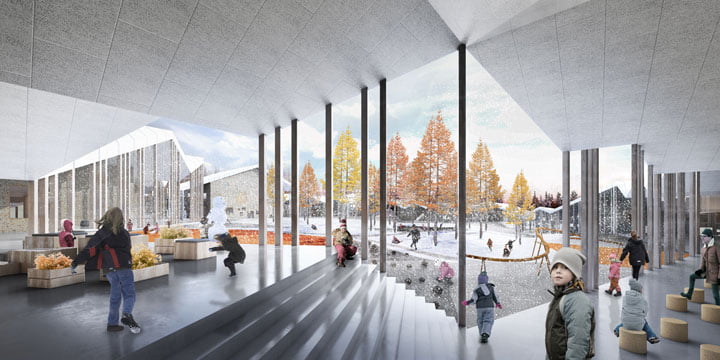
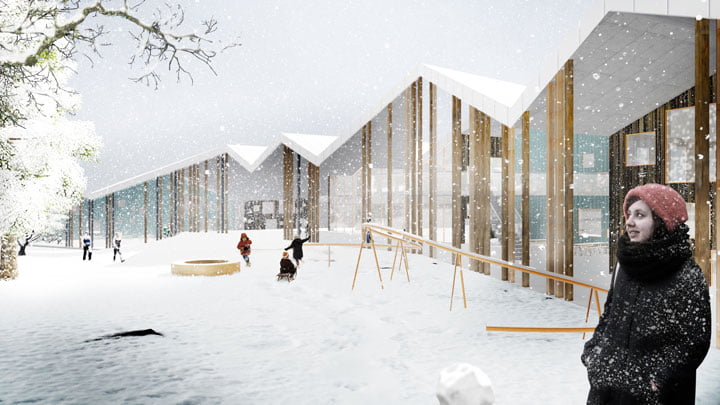
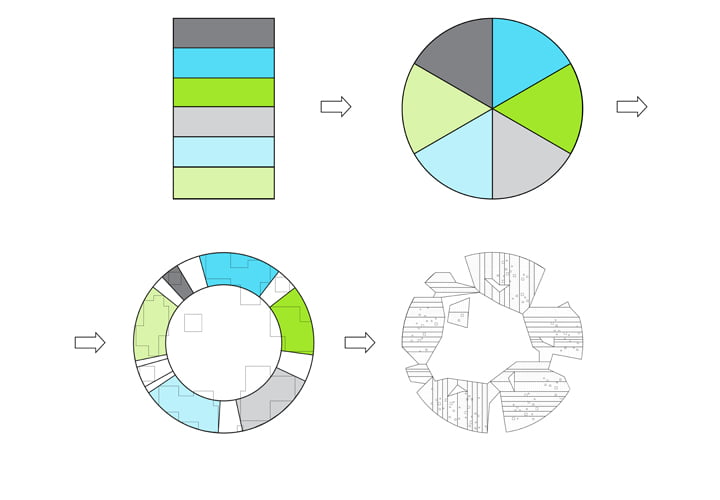
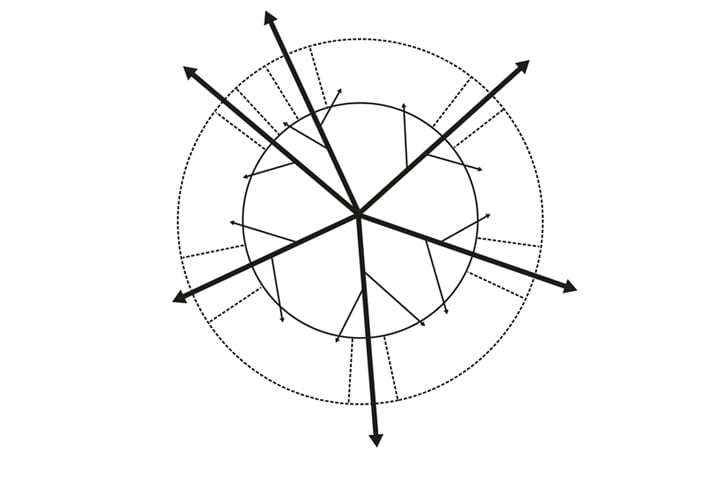
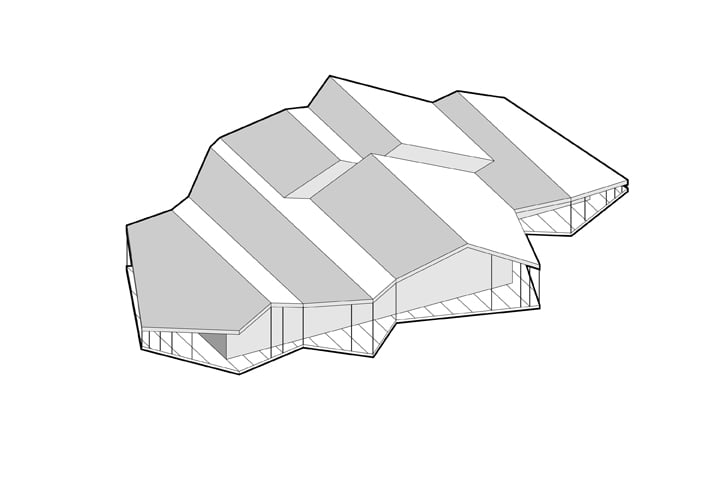
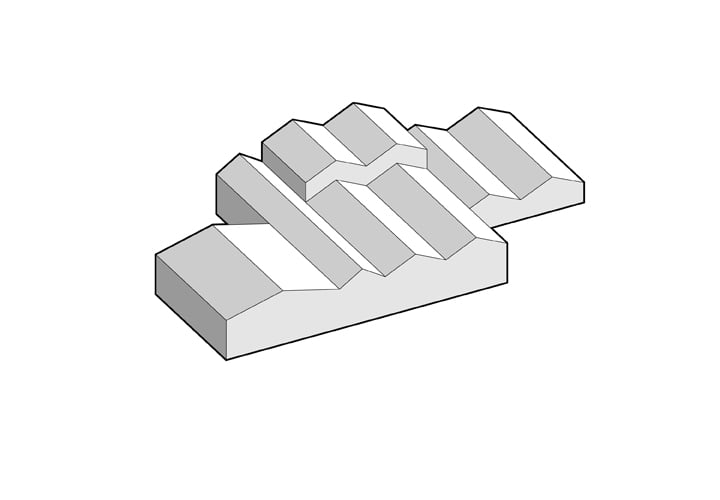
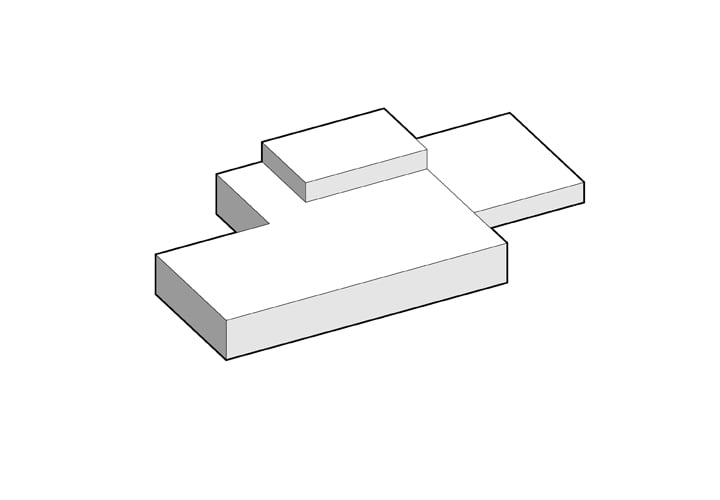
Overall, the Smart School complex will accommodate 1,040 students from ages three to 18, and over 400 professional staff members in a pre-school, junior high, and high school, as well as cultural, leisure, and health centers, which are accessible to the public.
Because the school will have a minimum of 15% of the student body reserved for orphans and children with limited physical capabilities, the site will additionally contain a special settlement, where orphaned children live with their foster families.







Leave a Comment
You must be logged in to post a comment.